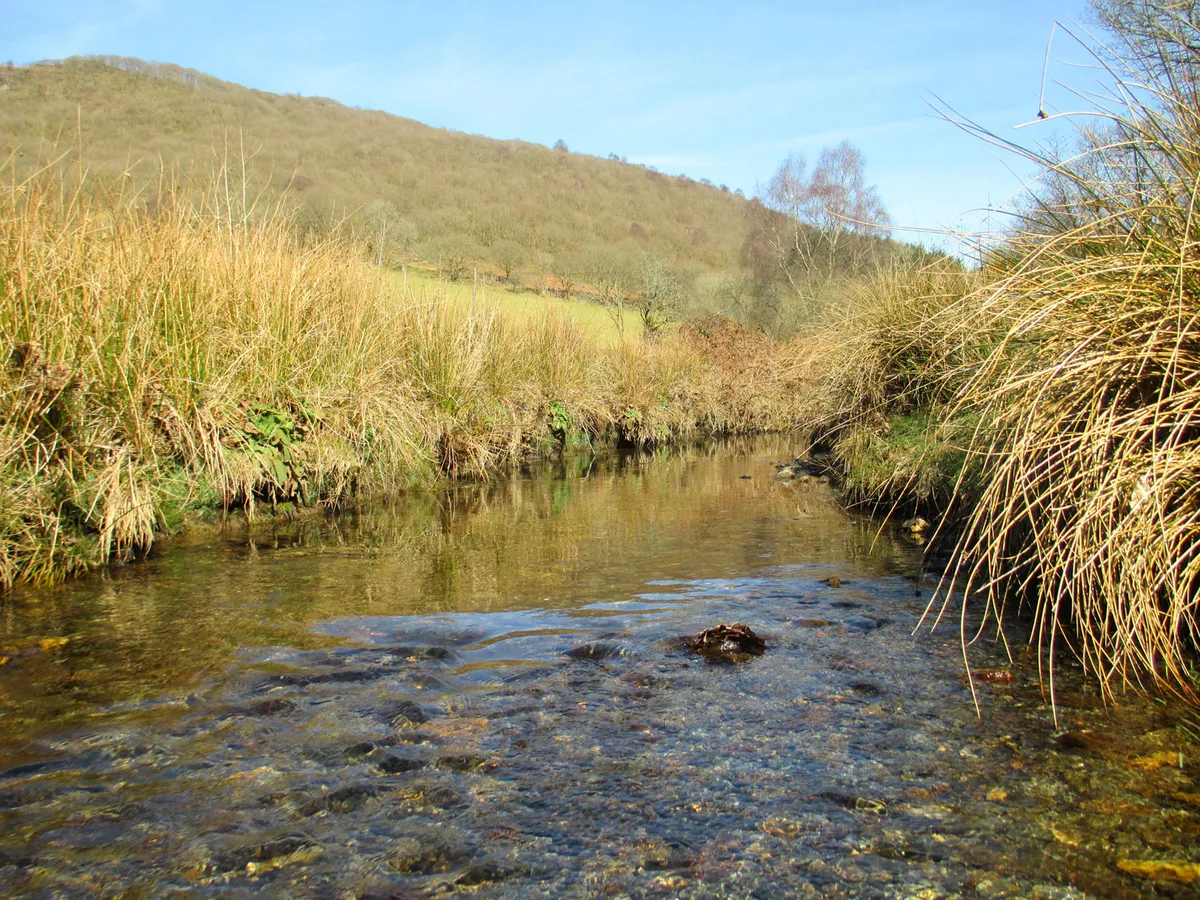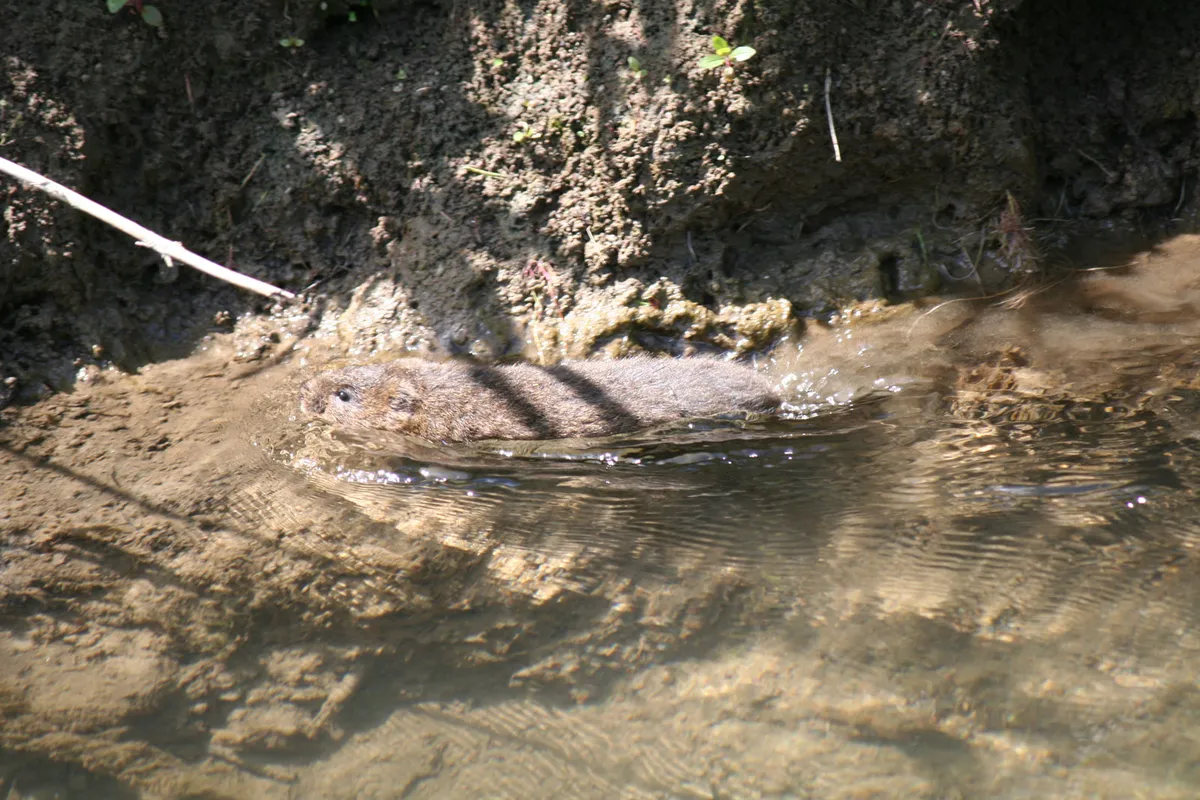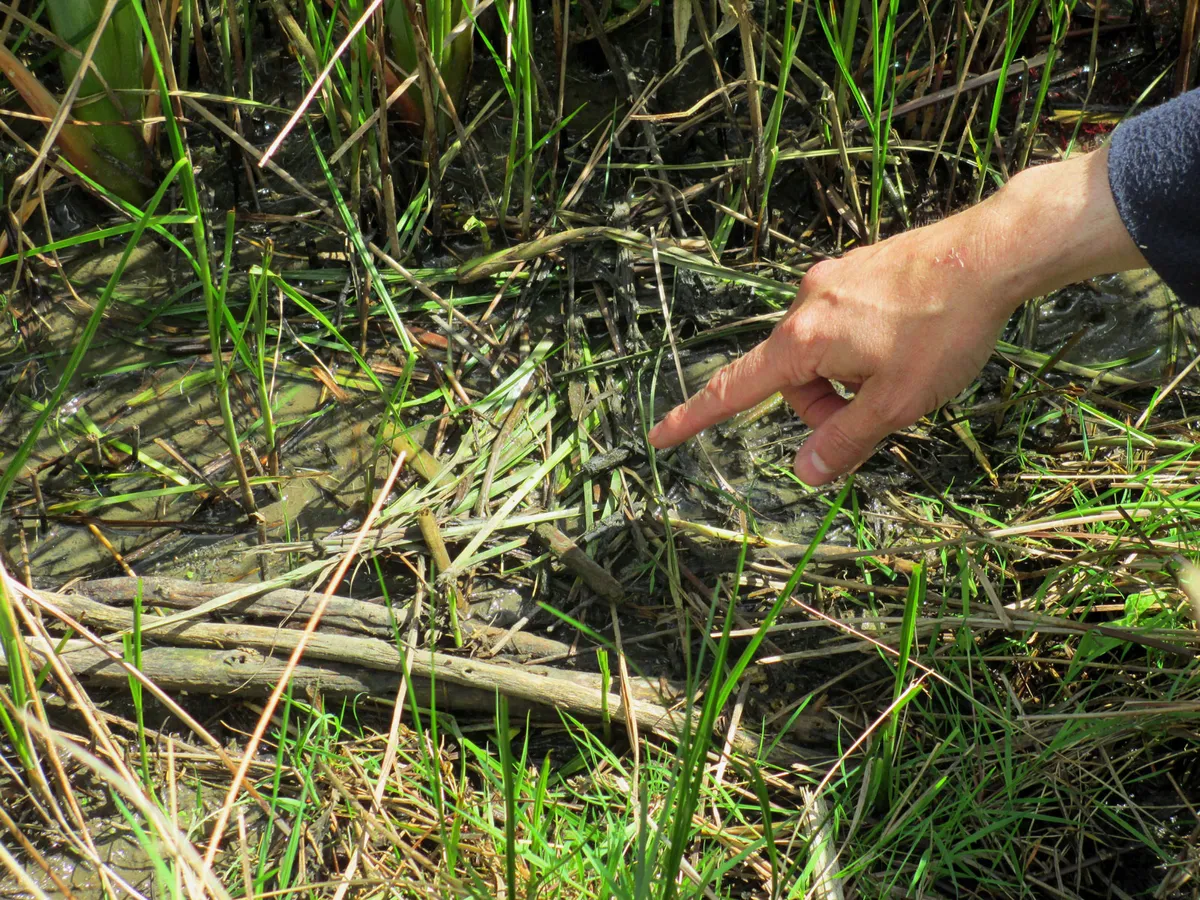Once a common sight along our riverbanks and waterways, the water vole is now one of the UK's fastest declining mammals in the UK.
Wildlife charity, The People’s Trust for Endangered Species (PTES), is asking volunteers to walk along their local waterway, looking for signs of water voles or even the animal itself, and record the results as part of its annual water vole survey.

Between 1989 and 1999, the UK's water vole population plummeted by almost 90%, with habitat loss, intensive farming river pollution and threat from the American mink all contributing to the decline.
Water voles are vulnerable to the American mink in particular, as their usual protection mechanism of sheltering in their burrows does not work because the mink can easily follow them in. They also have to contend with the threat of stoats, weasels, otters, foxes, rats, and various birds.
Emily Thomas, Key Species Data & Monitoring Officer at PTES said: “Water voles used to be found in almost every waterway in England, Scotland and Wales, but sadly now their numbers are declining dramatically. We hope as many people as possible, in all corners of Britain, sign up to survey a site this spring. We use the data gathered to monitor population trends year on year, which in turn helps to guide our conservation work and inform us where action is needed most.”

Many conservation groups are trying to improve habitats and control mink numbers to protect vole populations. PTES now looks to record how the voles are faring, using the data to find sites with successful conservation methods in place – and those that require extra protection.
Last year, 249 sites were surveyed in Britain: 152 in England (from Cornwall to the North Pennines), 92 in Scotland (from the Highlands to East Ayrshire) and 5 in Wales, in areas such as Monmouthshire and Anglesey.
While 105 sites (42%) showed signs of water voles being present, gaps remain in survey areas, including mid and south west Wales, the West Midlands, the South West (Somerset & Gloucestershire) and southern Scotland, to get a really clear picture of water vole numbers across Britain.
The charity says volunteers don’t have to be animal experts to get involved – after signing up, they will receive a “guide to water vole field signs” to help them tell water voles from other rodents.

Thomas added: “Volunteers are crucial to helping us collect robust data about the state of our water voles across the UK. We use the data gathered to monitor population trends year on year, which in turn help guide our conservation efforts and inform us where action is needed most.”
How to take part
To become a volunteer, no prior experience is required. However, volunteers will be required to learn how to identify water vole field signs such as latrines, and will be asked to survey one pre-selected site of 900 across the UK. Volunteers are to record any signs and sightings of water voles along a 500m riverbank once over the course of a two-month period, and will be provided with a field signs ID guide and clear instructions on how to do your survey and a field signs.
This year’s programme is set to run from 15th April until 15th June. For more information on the PTES’s 2018 National Water Vole Monitoring Programme, visit: www.ptes.org/watervoles